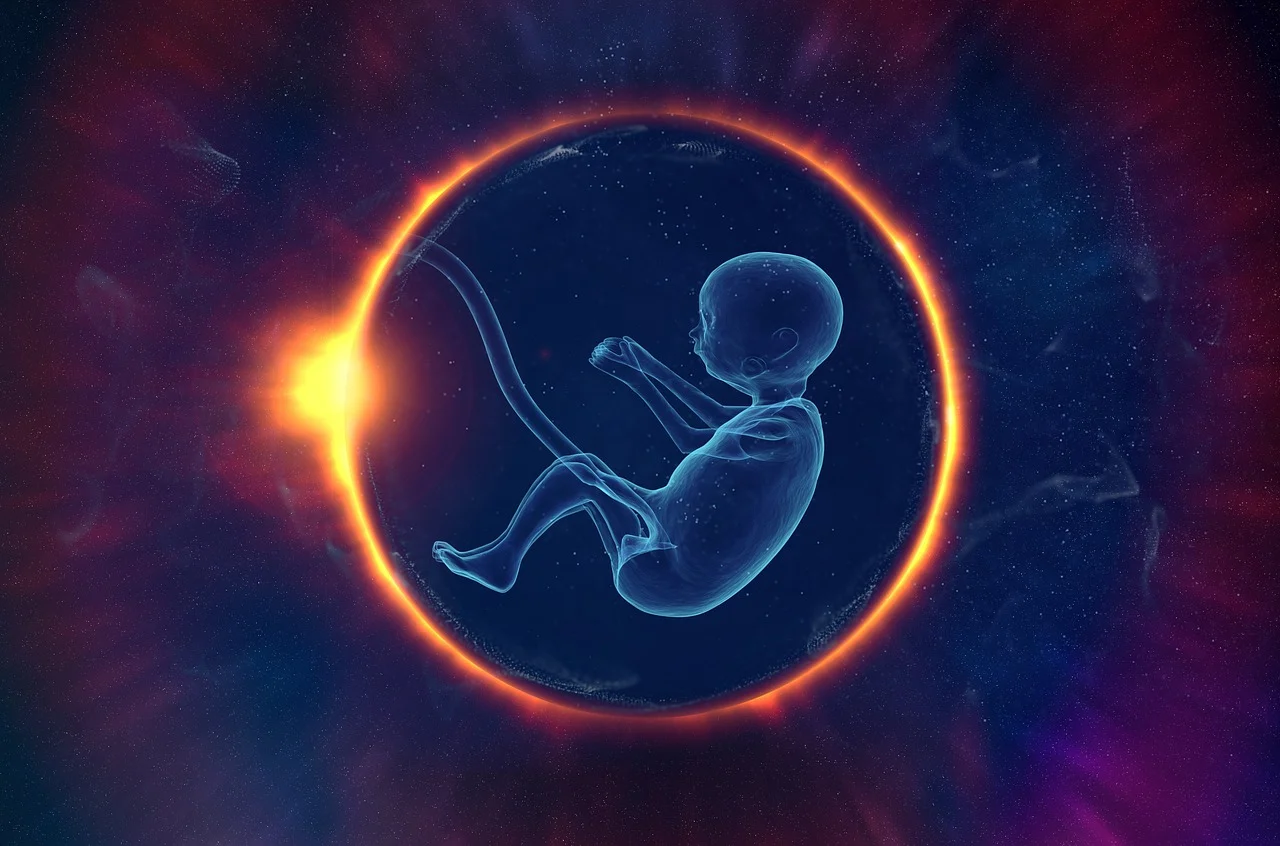With a lot of old traditional beliefs and misconceptions on how the heart rate can predict the gender of the fetus, most pregnant mother’s often get carried away. The prediction can be as early as the first trimester when a fetal heart rate below 140bpm means; it is a girl. Otherwise, it is a boy.
The truth is the baby’s heart begins to beat only by week 6 of pregnancy, and small flickering light of the heart beating can be seen in the ultrasound. The heart rate slowly increases from 90 to 110bpm until week 9 of pregnancy to stabilize at 140 to 170bpm.
And for questions like 144-148bpm baby heart rate boy or girl? This article debunks the myth.
Also Read: Does Baby Kicks and Movements in the Right Side of the Body Indicate Boy or Girl? We Debunk the Myth
Get a consultation with the best specialist in your Location
In this Article
Fetal heart rate and gender- What does the research say?
One of the old wives’ methods to reveal the baby’s gender is to inspect the ‘baby bump’- the woman with a low baby bump has a boy, and one with a high baby bump is likely to have a girl. Even before ultrasonography, these myths and beliefs with no unscientific reasoning circulated among many traditional societies.
To understand the correlation between heart rate and gender prediction, a study was conducted by D.S. McKenna et al., Dept of Obstetrics and Gynecology, Wright State University, Ohio. In the Fetal Diagnosis and Therapy study, researchers examined 966 first trimester sonography of women under 14 weeks of gestation. A similar sonographic examination was conducted in the second trimester between 18 to 24 weeks among the same pregnant women.
By then, only 477 women could meet their study criteria. Of these pregnancies, 244 were revealed to be girls, while 233 were boys. The fetal heart rate (FHR) showed no significant difference between the girl and the boy child. The average FHR for girls was 151.7 + 22.7bpm, and for boys, the average FHR recorded was 154.9+22.8bpm.
Contrary to the beliefs, the fetal heart rate of male and female babies showed no significant difference. Thus, proving that the heart rates of 148 or 144 bpm during the first trimester does not indicate the baby’s gender- boy or girl.
Reference
McKenna D.S. · Ventolini G. · Neiger R. · Downing C., Gender-Related Differences in Fetal Heart Rate during First Trimester, https://doi.org/10.1159/000089065.
Get a consultation from the best IVF center of your Location
Disclaimer
All the content in the published articles is for educational purposes only. The content is not intended to promote or encourage gender selection or determination as per the Pre-conception and Pre-natal Diagnostic Techniques (PCPNDT) Act, 1994 of India. We condemn such behavior and in no way intend to promote gender biasness via the content shared on our platform. Our articles and blogs are primarily published with an intent to help women and men alike through their journey of conception, fertility and pregnancy. In no way do we promote or support gender identification or sex determination through diagnostic testing, or other illegal means in our shared content on the website.





